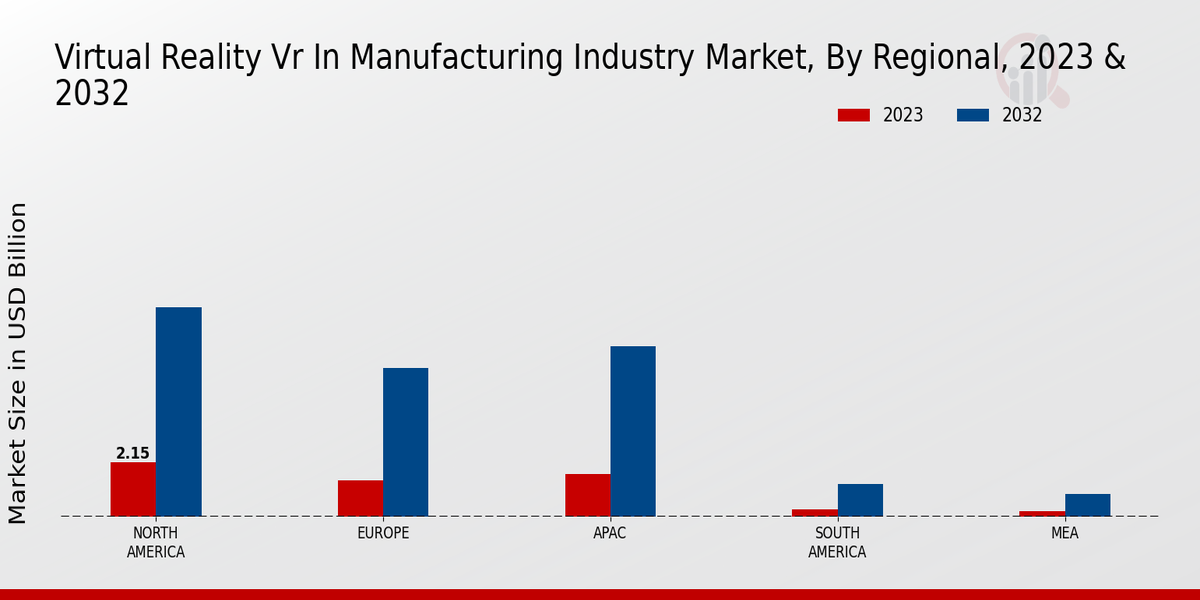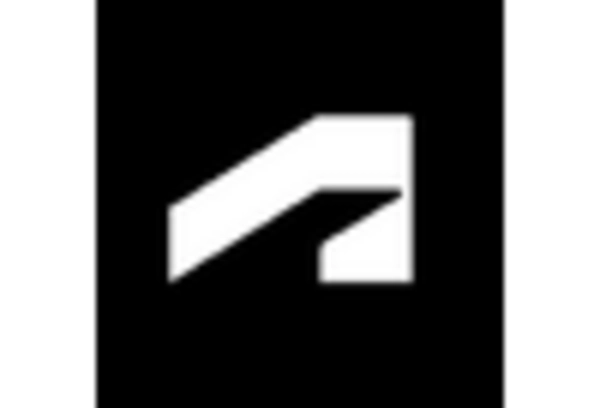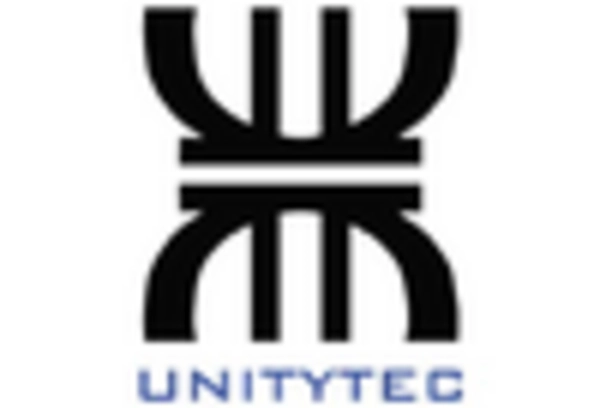Enhanced Safety Protocols
Safety remains a critical concern in the Manufacturing Industry, and the adoption of Virtual Reality in Manufacturing Industry is proving to be a valuable tool in enhancing safety protocols. VR simulations allow employees to experience hazardous situations in a controlled environment, thereby improving their preparedness and response. Research suggests that organizations employing VR for safety training have seen a reduction in workplace accidents by up to 40%. This proactive approach to safety training not only protects employees but also minimizes potential liabilities for manufacturers. As safety regulations become increasingly stringent, the role of Virtual Reality VR in Manufacturing Industry in fostering a safer work environment is likely to expand.
Facilitated Remote Collaboration
In an increasingly interconnected world, the need for effective remote collaboration in the Manufacturing Industry is paramount. Virtual Reality in Manufacturing Industry offers innovative solutions for teams to collaborate seamlessly, regardless of geographical barriers. By creating immersive virtual environments, team members can engage in real-time discussions and problem-solving sessions. This capability is particularly beneficial for global teams working on complex projects, as it fosters a sense of presence and engagement that traditional communication methods lack. As remote work continues to be a prevalent trend, the role of Virtual Reality VR in Manufacturing Industry in facilitating collaboration is expected to grow, enhancing overall project outcomes.
Increased Efficiency and Productivity
The integration of Virtual Reality in Manufacturing Industry appears to enhance operational efficiency and productivity. By simulating real-world scenarios, manufacturers can optimize workflows and reduce downtime. Studies indicate that companies utilizing VR technologies have reported productivity increases of up to 30%. This improvement is attributed to the ability to visualize complex processes and identify bottlenecks before they occur. Furthermore, VR allows for real-time monitoring and adjustments, which can lead to more streamlined operations. As manufacturers continue to seek ways to improve their output, the adoption of Virtual Reality VR in Manufacturing Industry is likely to become a standard practice, driving further advancements in efficiency.
Improved Design and Prototyping Processes
The use of Virtual Reality in Manufacturing Industry is revolutionizing design and prototyping processes. By enabling designers and engineers to visualize products in a three-dimensional space, VR facilitates more effective collaboration and innovation. This technology allows for rapid prototyping, where modifications can be made in real-time, significantly reducing the time from concept to production. Data indicates that companies leveraging VR in their design processes can decrease development time by up to 25%. As the demand for customized products increases, the ability to quickly iterate designs through Virtual Reality VR in Manufacturing Industry will likely become a competitive advantage.
Cost Reduction in Training and Development
The implementation of Virtual Reality in Manufacturing Industry is associated with significant cost savings in training and development. Traditional training methods often require substantial resources, including time and materials. In contrast, VR training programs can be developed and deployed at a fraction of the cost. For instance, companies have reported reductions in training costs by as much as 50% when utilizing VR simulations. This is particularly beneficial in high-risk environments where safety training is paramount. By providing immersive experiences without the associated risks, Virtual Reality VR in Manufacturing Industry not only enhances learning outcomes but also contributes to overall cost efficiency.


















Leave a Comment